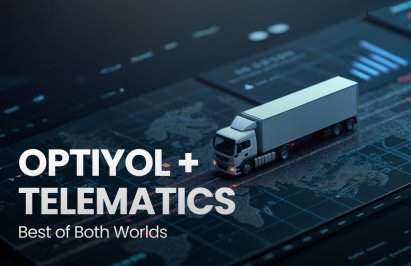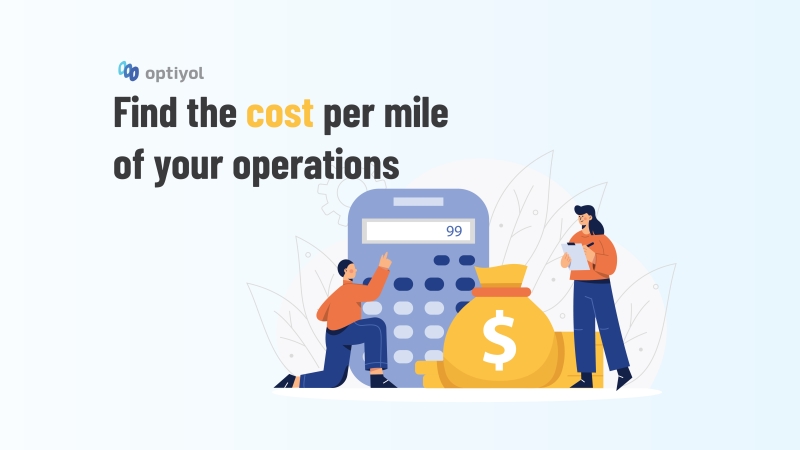
September 29, 2022


If your company executes logistics operations and you are in a position to take care of it, one of the most important metrics you must follow is the cost per mile. This metric is crucial for almost every participant of the operations such as courier, driver, operations manager and CFO. In particular, for a decision maker, it is decisive to see how much a mile costs in order to forecast where the company budget is going.
Considering the fact that the average marginal cost per mile of a motor carrier costs has risen to its peak in the last 10 years in 2021 by reaching $1.855 (according to the study by the American Transportation Research Institute), this metric has become one of the key indicators for a logistics company. Taking into account that the fuel price has increased in 2022, it is reasonable to look for the average cost per mile in 2022. According to that, the amount of how much a mile costs on average has also increased dramatically.

Source: ATRI
In order to calculate your cost per mile, in other words, how much a mile costs for your operations, you have to know two basic components which are your total cost and the distance you’ve covered in a given period of time. In more detail, the cost components consist of two indicators, variable cost and fixed cost.
The best and easiest way to know how much a mile costs for your operations is to have software that gets things done for you through automation and digitalization. An end-to-end logistics technology solution can help you to calculate your costs per mile automatically and efficiently. However, we can see the math behind the calculation of how much a mile costs below.
Your fixed cost represents the cost that does not change regarding your number of transactions. It does not change depending on how many miles you cover, how many destinations you visit, or how many hours you spend driving. Examples of fixed costs can be given as monthly payments such as rent, salaries and insurance.
Variable costs change over time since they basically depend on the volume of the daily business activities. Examples of variable costs can be trucking costs, fuel costs, and maintenance costs depending on the distance covered. After the determination of both fixed and variable costs, you can calculate your total costs by summing them up.
Now it is time to get your cost per mile.
Total Cost / Miles Driven = Cost per mile
Example: $100,000 + $300,000 / 240,000 = $1.66
In the scenario above $1.66 represents your cost per mile. You can do this calculation for different periods. For instance, a monthly calculation of cost per mile would help you to see your updated position while a quarterly calculation of cost per mile provides you with long-term insight. Thanks to this formula, you will be able to see how much a mile costs for your operations.
Now you have automation and digitalization to calculate your cost per mile, additionally, you know the formula as well. As the next step, you need to optimize your cost per mile because calculating your cost per mile is not enough. Your costs directly influence your profits. Therefore, your operations must be optimized to minimize your cost per mile.
The distance you cover is a result, where your fleet selection and order allocation are causes of it. Once you optimize your operations regarding your fleet selection and order allocation, the result which is the distance you cover will be shorter. Eventually, you will decrease your cost per mile.
A very common logistics operation would have several stops, warehouse visits and restrictions. Finding the optimal route for each operation manually is almost impossible. Because of that, bringing automation to route planning is also a need for efficiency as well. A well-built route optimization solution will lower your fuel consumption in a given time. As a result, your cost per mile will decrease.
Optiyol, a route optimization-based logistics technology solution, can decrease your fuel consumption up to 20%. With the help of an optimization engine, you can prevent potential shocks to your costs and ensure your profitability.
In this regard, the opportunity cost of not having an optimization engine reflects a 20% increase in your cost per mile. This loss can be stopped by activating the usage of optimization. You can realize your potential savings by claiming your free demo now.